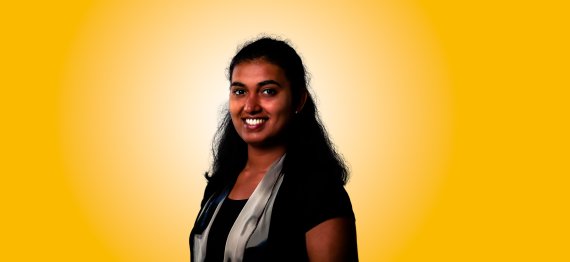© Sven Menschel
During the first meeting with my study advisor, I was told that there were only four other Master Food Technology students who were enrolled for Sensory Science courses that year. And this wasn’t surprising because every year the number had been a single digit. For a person trying to get away from the “herd mentality”, this piece of information was ear candy. I could already expect smaller classrooms, more interaction and individual attention, but not before serious consideration of whether this minority would be taken seriously. To my instant relief, I realized that I got to enjoy the perks of a small class purely based on my subject choices.
With barely 2 to 3 courses in common with other specialisations, sensory science was indeed a “specialized” specialisation. It requires you to take four compulsory courses (highest out of all other specialisations) because the syllabus is quite exclusive. You dive deep into the sensory world and also the fancy world of statistics (tip: A substantial level of interest and background of statistics helps you excel). The courses build a strong foundation which you can then pair it with either consumer studies or food chemistry as per individual interest.
Sensory topics for a thesis are all always tremendously interesting to work on and under highly experienced professors. But what it is even more intriguing is to see how sensory science integrates with the food industry and the major role it plays in shaping the R&D. Sensory scientists work hand-in-hand with R&D scientists to bring a foolproof product to the shelves. It is the beauty of this coordination and the intricate pattern of work that keeps the innovation flowing. Poetic, right?
Initially, I opted for sensory science to satisfy my fascination. But by the end of it, I was certain that I wanted to continue to work in this field. It is the subjectivity of this field that drew my interest and still keeps me going. The topics, theories and research designs are not overly rigid and are rather open for interpretation. This mix of pure and social sciences seems to be a comfortable fit for creative minds. Knowing too little before selection and now having experienced the sensory field myself I wanted to shed some light on this road, that is less taken by, Sensory science.
PS: This is my last blog for Resource, so I would like to thank all of who read and gave feedback on the stuff I wrote. I’d like to end by saying what I started with, Be Inspired & Keep Inspiring!

